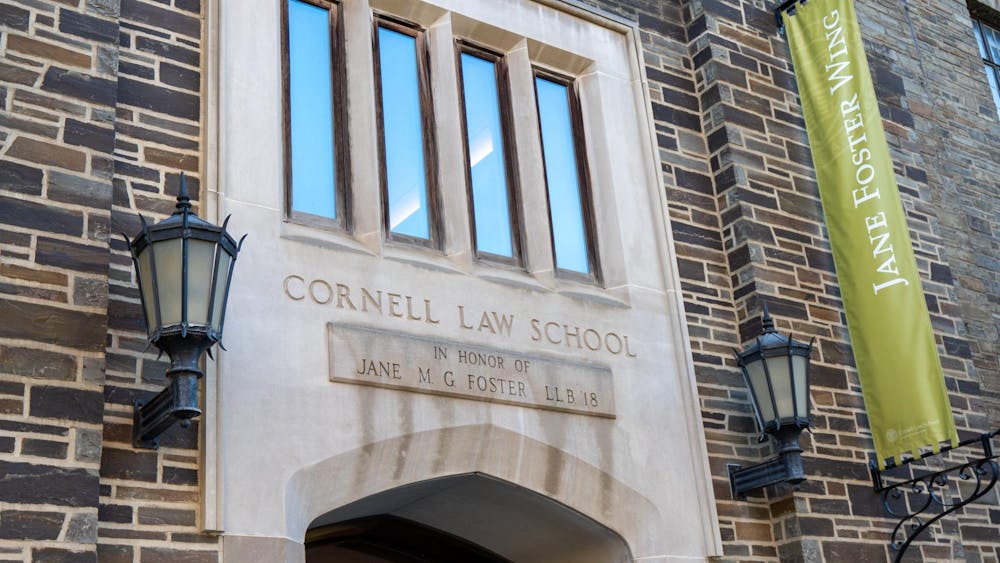A new exhibit has hatched at the Paleontological Research Institution’s Museum of the Earth. “Marvelous Mollusks: The Secret World of Shells” opened on June 6, made possible due to support from the National Science Foundation and the Tompkins County Tourism Program.
Mollusks, earmarked by the PRI as a vastly underappreciated phylum, are one of the most diverse and ubiquitous groups of animals on the planet, ranging from freshwater clams to deep-sea octopuses. They have an extensive history in the Finger Lakes, and populate a range of habitats — including oceans, forests and mountaintops.
According to Prof. Warren Allmon, paleontology, who is the director of the PRI, mollusks are the second most species-rich group of animals after insects. The exhibit aims to illustrate the ways mollusks shape our ecosystems, history and even our palate.
“They are in our daily lives, from the garden to the dinner table to jewelry to design,” Allmon wrote in an email to The Sun.
Using videos, interactive displays and presenting 500 rare specimens from the institute’s collection of over one million fossils and modern shells, the exhibit tells the story of mollusks. From their origins to the present day, the museum connects mollusks’ environmental presence to art, medicine and conservation.
Some features of the exhibit include a life-sized giant squid and models of other cephalopods, which are the largest invertebrates to have ever roamed the Earth. Live land snails from Central New York are also present in the exhibit, including the Chittenango Ovate Amber Snail, which is one of the most endangered mollusks in the world today.
Allmon explained that habitat loss and climate change pose serious threats to mollusks, and the institution hopes to educate society and encourage wise stewardship of the Earth.
“Many species of mollusks are endangered due to human activities,” Allmon wrote.
Formerly affiliated with Cornell University, the PRI and its other public venue for education, the Cayuga Nature Center, collaborate closely with numerous University departments in research, teaching and public outreach.
As an independent nonprofit organization, the PRI has been struggling financially since 2023, when a $30 million donor pledge collapsed, nearly splitting the museum’s annual budget in half and forcing them to downsize operations. Federal funding uncertainties exacerbated the issue this year as funding cuts lost the museum nearly $100,000 in grant money.
While a recent donation of $1 million has breathed new life into the PRI’s efforts to enrich the greater Ithaca community, the future of the Museum of the Earth still remains uneasy.
Leah Badawi is an opinion writer for The Cornell Daily Sun and is working as an intern this summer at The Ithaca Times. This piece was originally published in The Ithaca Times.
Leah Badawi '27 is an Opinion Columnist and a Government and English student in the College of Arts & Sciences. She also serves as the Co-Editor-in-Chief of Rainy Day Literary Magazine. Her fortnightly column “Leah Down The Law” reflects on politics, history, and broader culture in an attempt to tell stories that are often left between the lines. She can be reached at lbadawi@cornellsun.com.











